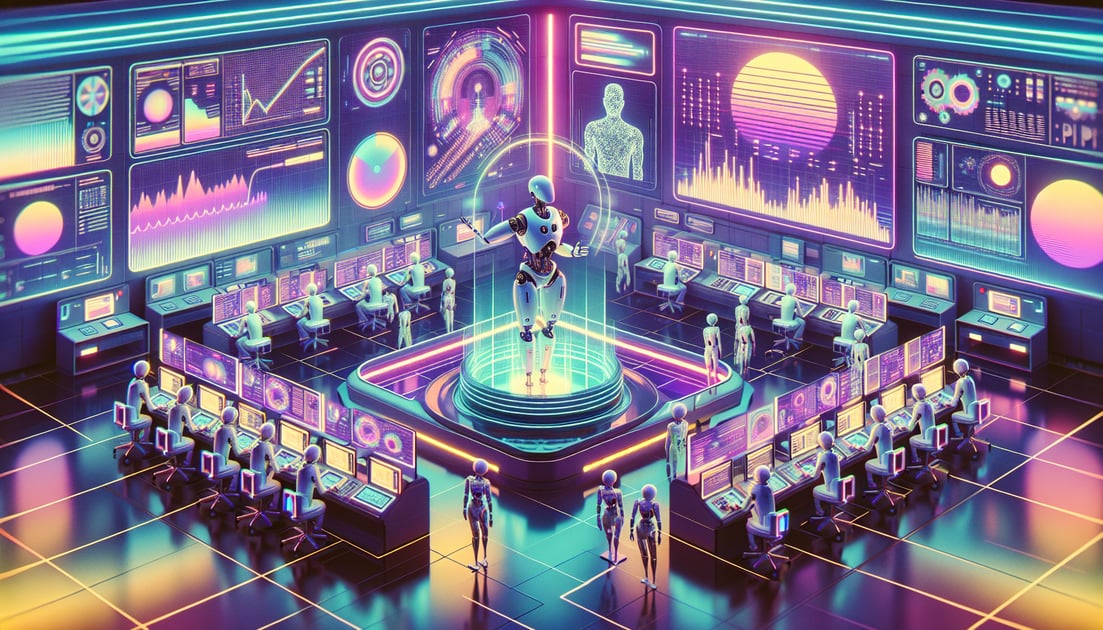
Anthropic’s Petri: Autonomous Agents Probe AI Model Behavior
AI safety is moving from theory to tooling, and one of the most notable developments this week underscores that shift: Anthropic unveiled Petri, a safety tool that uses autonomous agents to study how AI models behave in practice. The focus on agentic evaluation signals a maturation of the discipline from static tests to dynamic, scenario-driven exploration of model behavior, a timely step as systems become more capable and complex Anthropic’s AI safety tool Petri uses autonomous agents to study model behavior — SiliconANGLE.
Anthropic’s Petri puts autonomous agents to work on model behavior
According to reporting this week, Anthropic’s new safety tool—Petri—employs autonomous agents to examine model behavior, elevating evaluation beyond traditional prompt-and-oresponse checks into more exploratory, programmatic testing SiliconANGLE. By design, autonomous agents can iterate, adapt, and probe edge cases that manual testing may miss. In safety contexts, that means systematically surfacing behaviors—intended and unintended—that emerge under different conditions.
While the full technical details weren’t disclosed in the summary reporting, the core idea is straightforward: use agents to generate, run, and refine tests on models at machine speed, then observe how the models respond. This approach is well-suited to discovering patterns, brittleness, and emergent effects that simple benchmarks might not capture SiliconANGLE.
Why agentic safety testing matters now
The move toward autonomous, agent-driven evaluation is timely. As models scale, human-only red teaming and static benchmarks struggle to keep pace with the breadth of potential behaviors. Agentic testing can amplify coverage, repeatedly explore unfamiliar territories, and adapt testing strategies as models evolve. That’s the promise highlighted by Anthropic’s focus: make safety work more continuous, more comprehensive, and more reproducible by encoding it in agents that can run at scale SiliconANGLE.
Crucially, autonomous agents can be instructed to simulate diverse user intents and contexts, pressure-testing models under different constraints. While people remain essential for defining goals, interpreting results, and setting guardrails, agents can handle the long-tail of repetitive or combinatorial testing. If Petri effectively operationalizes that pattern, it could help teams find failure modes earlier and reduce the gap between lab evaluation and real-world use SiliconANGLE.
Potential use cases and workflows to expect
Based on the description—agents that study model behavior—several practical workflows naturally follow:
- Programmatic stress-testing: Agents can generate families of prompts and scenarios to probe decision boundaries and consistency across variations SiliconANGLE.
- Continuous regression checks: As models or policies change, agents can rerun suites to detect shifts in behavior early.
- Exploratory discovery: Agents can navigate unfamiliar task spaces, escalating interesting findings for human review.
- Policy auditing: Where applicable, agentic tests might help verify whether model outputs respect specified rules or safety criteria.
These are natural extensions of agent-led evaluation. The key is translating insights into actionable fixes—tightening prompts, adjusting policies, or refining training data—so safety isn’t a one-time audit but a living process tied into development and deployment SiliconANGLE.
Limitations and open questions
Agentic evaluation is powerful but not a panacea. Important considerations include:
- Signal quality: Agents can produce vast amounts of test data; separating meaningful patterns from noise is nontrivial.
- Overfitting to tests: If models are heavily tuned to pass agent-generated suites, they may still fail in unanticipated conditions.
- Reproducibility: Agent behavior can be sensitive to randomness and environment; consistent replays matter for audits.
- Coverage: Defining what constitutes “enough” testing remains an open challenge—especially for open-ended systems.
- Safety of the tester: Agentic systems themselves need guardrails to avoid generating harmful artifacts or unsafe interactions during evaluation.
Anthropic’s Petri, as reported, squarely targets the behavior-discovery side of this problem space; how it tackles issues like reproducibility, coverage metrics, and integration into CI/CD will be key signals of maturity SiliconANGLE.
What this could mean for teams building with AI
For developers and product owners, agent-led safety workflows suggest a few practical shifts:
- Treat safety as engineering, not just policy: Encode safety aims into automated tests that run early and often SiliconANGLE.
- Close the loop: Use findings to refine prompts, policies, and data pipelines, not just to produce reports.
- Experiment responsibly: Ensure the agents doing the testing follow strict safeguards to prevent harm during evaluation.
If Petri lowers the barrier to this kind of workflow, it could help organizations move from sporadic red teaming to continuous, automated assurance—an important cultural and operational pivot in AI development SiliconANGLE.
What to watch next
As more details emerge, several markers will help gauge Petri’s impact:
- Breadth of scenarios: How well do its agents cover varied tasks, domains, and user intents?
- Measurable outcomes: Do findings translate into fewer incidents or clearer risk reductions over time?
- Developer experience: Is it easy to integrate into existing workflows and iterate on custom tests?
- Transparency: Are test logic, configurations, and results inspectable enough for audits and internal reviews?
The core takeaway from this week’s announcement is that safety tooling is becoming more agentic and more operational. By using autonomous agents to study model behavior, Anthropic is pushing evaluation toward a more scalable, exploratory paradigm—one that better reflects how models will be used in the wild SiliconANGLE.
In sum, this is a significant signal of where AI assurance is headed: continuous, automated, and driven by agents that can explore the corners humans lack time to visit. If that vision holds, tools like Petri could become foundational infrastructure for building—and maintaining—trustworthy AI systems SiliconANGLE.